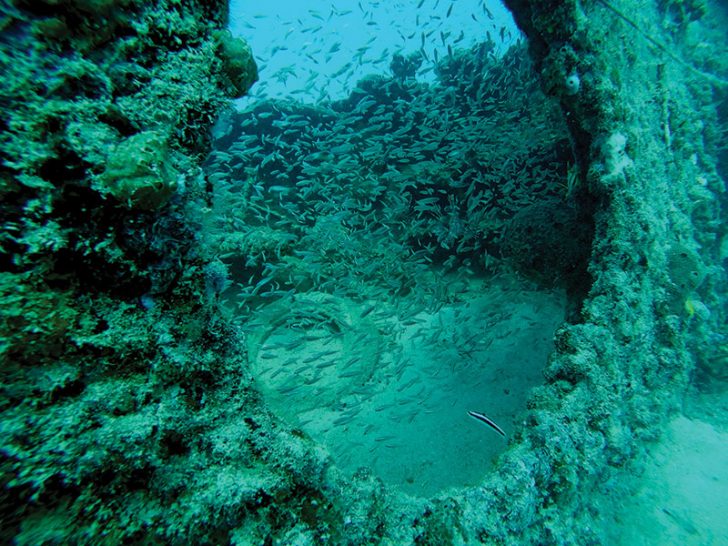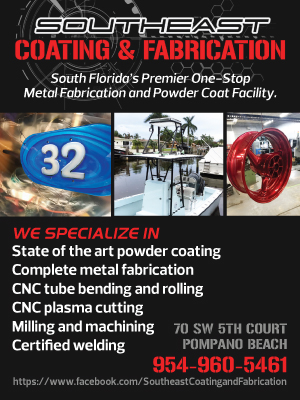Fort Lauderdale has had more than its fair share environmental crises in the past year. While the inshore waterways have captured the attention of residents, tourists and politicians, not much mention has been made of the impacts to Fort Lauderdale’s offshore ecosystem. It’s no secret that water quality has been a long time issue in South Florida, especially in Fort Lauderdale. With every outgoing tide, visibly polluted water exits the inlet at Port Everglades and floods nearshore areas including beaches with a brown tannin filled film. Much of this is related to fresh water runoff, but don’t be mistaken, that water is also heavy with concentrated levels of nutrients that are harmful to the environment. Some of this nutrient excess is the result of raw sewage in the water.
As this water flows out of the inlet and flows mostly toward the north with natural current direction, beaches and reefs are exposed to this deluge of unpleasantries. As one can imagine, these regular events do not bode well for the natural reef structure on the first, second and third reefs off Fort Lauderdale. Scuba divers can attest to the shocking loss of life on these reef systems, but poor water quality exiting the inlet is not the only irritant for these delicate reef systems. Along with water quality, our reef system has had to endure years of abuse from anchoring, overfishing and most of all, the undisputed rise in water temperatures. Excessively warm water temperatures have been one of the largest culprits for coral reef bleaching and unfortunately, there is really not a whole lot that local leadership can do quickly and efficiently to slow down the warming of our planet. We must adapt.
Artificial reef building has been a staple around Florida for several decades as science has proven time and again the efficacy of creating well planned and executed artificial reef deployments. By putting materials on the seafloor that have been environmentally prepared, such as a ship, the benefits are quickly realized as a new ecosystem is created. Concrete also serves an excellent purpose as an environmentally friendly and cost effective material to develop habitat. As reef systems are dying because of the factors outlined above, a carefully placed artificial reef system in an area that is otherwise devoid of structure can mitigate the loss of natural habitat.
What’s even better about this is that as scientists develop more corals and organisms that can stand up to the environmental stressors, they can be planted on artificial reef structures to simulate a naturally existing coral reef, and ultimately replace systems that have not been able to withstand the environment. Specifically, in Broward County and Fort Lauderdale, the John Michael Baker Memorial Reef is an ongoing project that has already proven the concept of creating new life after only two years, and may make an excellent candidate for coral planting in the future.
MIKE LAMBRECHTS
Vice President, CCA Florida
President – Broward County Chapter
Coastal Conservation Association Florida
501(C)(3) Non-Profit Organization
MikeLambrechts0@gmail.com
954-830-0133


